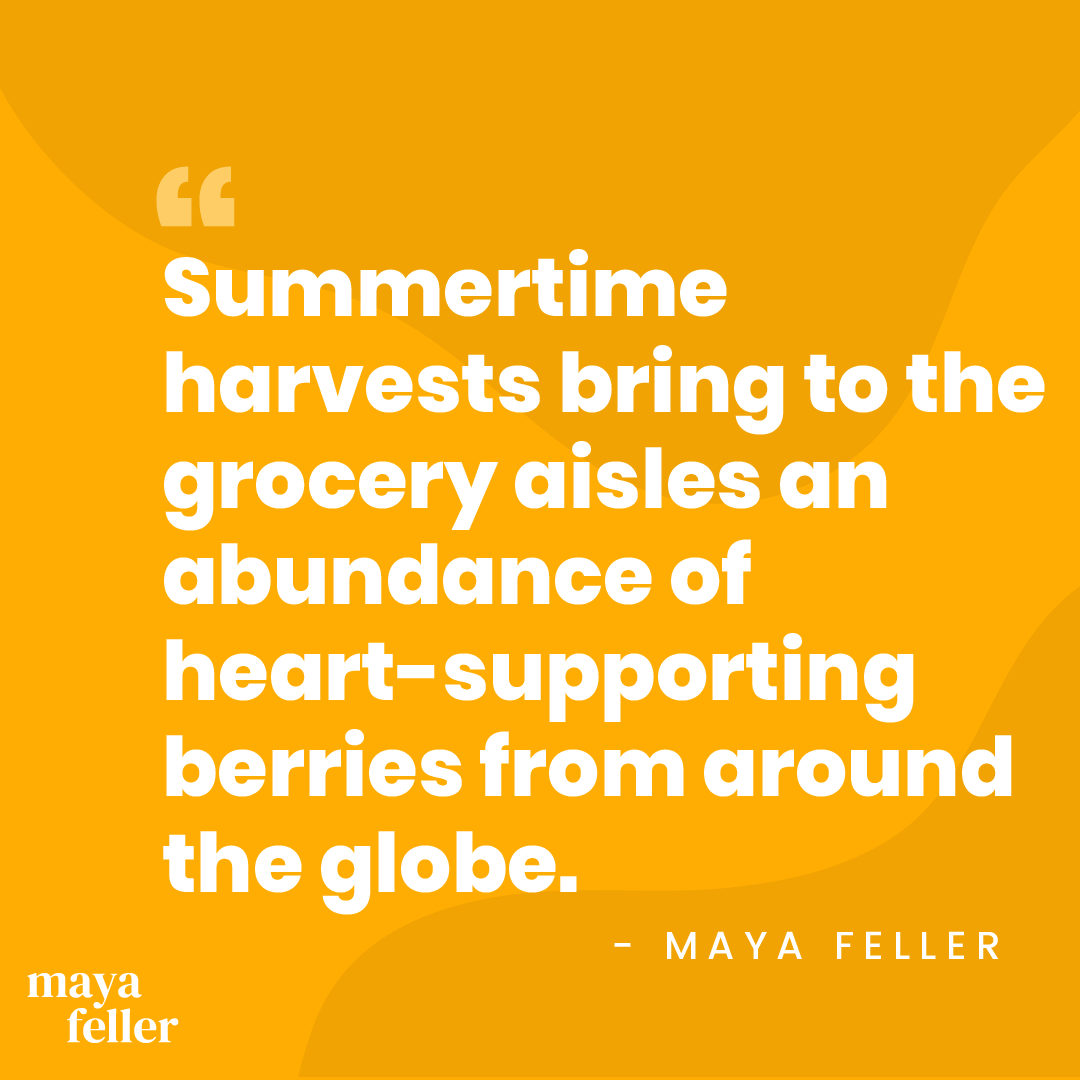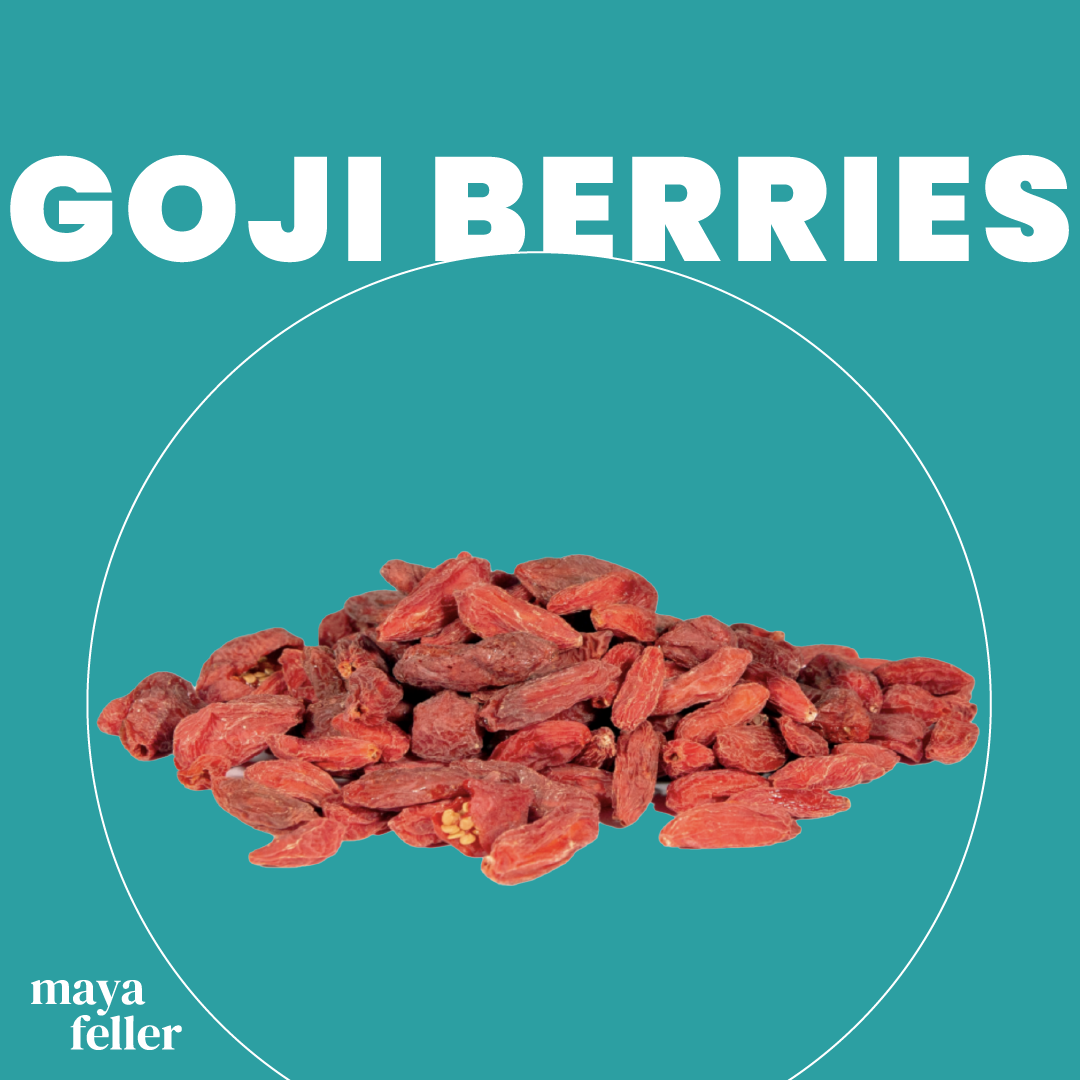The Sweet Taste of Summer is Berry Nice!
Have you ever wondered about your heart health? You are not alone. Perhaps you’ve seen ads about heart health or perhaps someone in your family, a friend or even you are focused on making shifts to support the health of their heart. The heart is arguably the most vital organ in the body, it supplies the body with blood, oxygen, and other nutrients needed for survival.
Cardiovascular health refers to the health status of our heart, blood vessels, and proper functioning of the whole system that in turn supports optimal health. The cardiovascular system works to transport vital nutrients throughout the wholethe body whole body and supports the removal of waste and unwanted substances.
When there is stress put on the heart the result can be metabolic dysfunction and many times this is the primary driver of conditions including cardiovascular disease. In fact, in the United States, cardiovascular disease is the leading cause of death. The reasons leading to this diagnosis are multifactorial and the care and treatment needs to be individualized and take the whole person into consideration. People have been diagnosed with conditions such as high cholesterol or triglycerides, atherosclerosis, hypertension (high blood pressure), heart disease or those who have experienced a heart attack or stroke benefit from nutrition and lifestyle modifications to support their heart health and future health outcomes.
The foods we eat have the potential to support our cardiovascular health. Summertime harvests bring to the grocery aisles an abundance of heart-supporting berries from around the globe.
Here are 5 uncommon berries that can be added into your nutrition routine for an unexpected flavor twist.
Bilberries
- Also known as European blueberries, these deep blue berries hail from Northern Europe and Asia.
- Studies have shown intakes of these berries to positively benefit lipids, lowering total cholesterol, LDL, and triglycerides and raising HDL levels.
- How to use: Make our Honey Bilberry Yogurt Popscicles
Chokeberries
- Brought from Europe to North America in the nineteenth century,Chokeberries were grown in central and eastern europe. They have a tart taste and can be used as a natural source of food dyes – check out my post of food dyes!
- They are a rich source of polyphenols, particularly anthocyanins, that give the color to fruits and flowers
- Studies have shown that consumption of chokeberries is associated with significant improvements in blood pressure, LDL oxidation, glucose metabolism, dyslipidemia, and antioxidant content in the blood. This is great news for people thinking about their heart health.
- How to use: when juiced – the antioxidant capacity of chokeberries is 4 times higher than cranberry/blueberry juice.
Goji Berry/wolfberry
- Found in the northwest regions of China as well as other parts of Asia. In parts of northwest China they are used in soups and herbal tea.
- Goji Berry has a nicely balanced nutrient profile: 46% carbohydrates, 16% fiber, 13% protein, 1.5% fat.
- Rich in carotenoids which give the vivid orange/red color of fruits. They also have powerful antioxidant properties that help to reduce the risk of cardiovascular disease by preventing the oxidation of cholesterol in the arteries.
- How to use: Goji berry soup or goji berry + nut homemade granola bars
Mulberry
- Widely available in Asia and The Americas.
- Potent antioxidants present include alkaloids and flavonoids.
- Anthocyanins are one of the most important polyphenolic compounds found in mulberries.
- Anthocyanins can stop the oxidation of LDL cholesterol as well as act as an antioxidant and decrease free radicals. Also has been shown to lower total cholesterol and LDL cholesterol.
- Have a sour taste
- How to use: mulberry jam, mulberry lemonade
Seaberries
- Found naturally in Central Asia, China, Mongolia, Siberia, and along the Baltic Coast. They are also cultivated on an industrial scale in China, Russia, Finland, Germany, and Estonia.
- A great source of many bioactive substances including flavonoids, vitamins and minerals, proteins, organic acids, fatty acids, particularly the heart-healthy unsaturated fatty acids, and phytosterols.
- Unsaturated fatty acids and phytosterols have a lipid-lowering and cardioprotective effect in the body.
- Major phenolic groups present are flavonoids. Also contains vitamin C and lycopene which are potent antioxidants
- Have been shown to have antihypertensive properties due to their ability to protect blood vessel function.
- How to use: sea buckthorn mousse- Have you seen my Estonian Mousse recipe? This is a perfect way to use seaberries.
Ok, head to your local farmers market or grocer and seek out any of the berries mentioned above, get creative and add them into your routine.
References



Leave a Reply